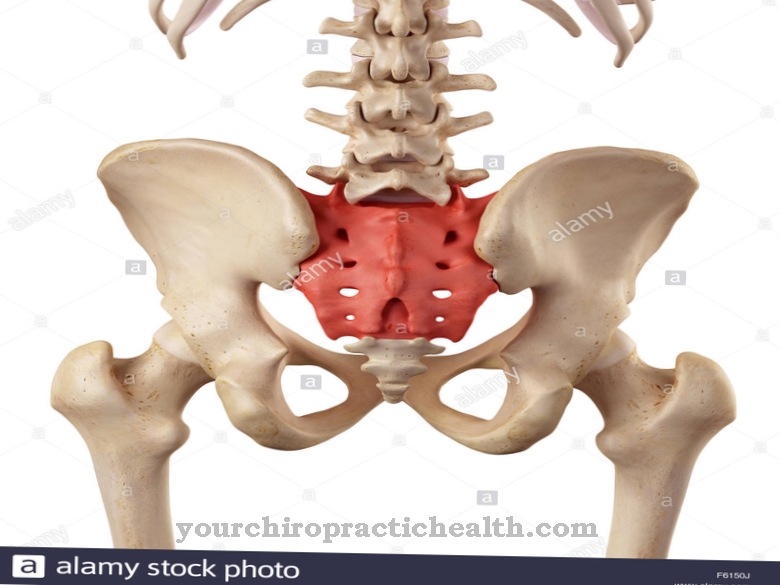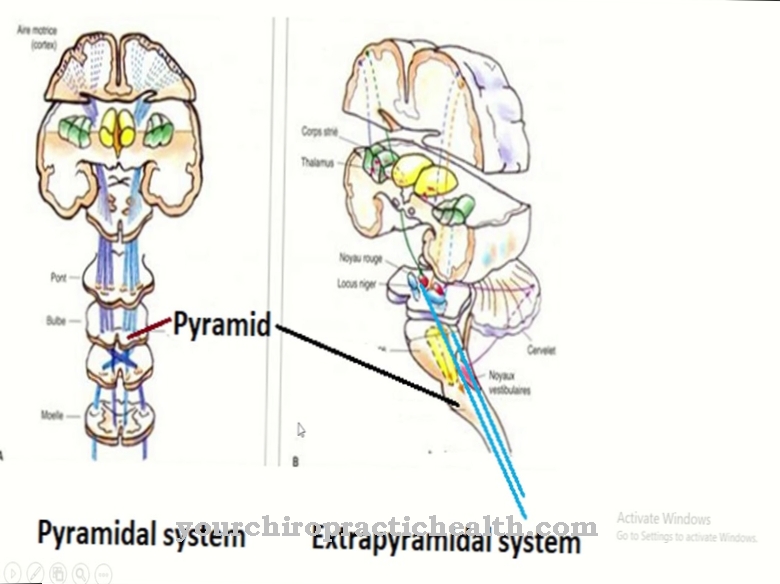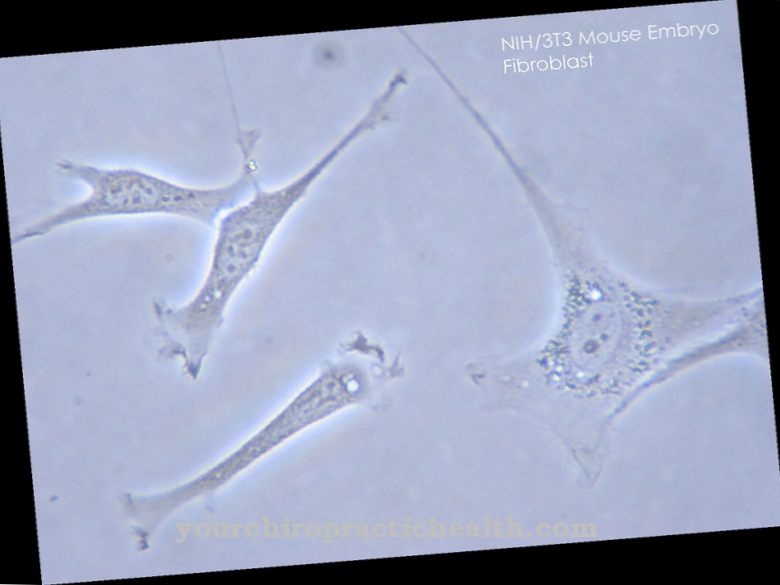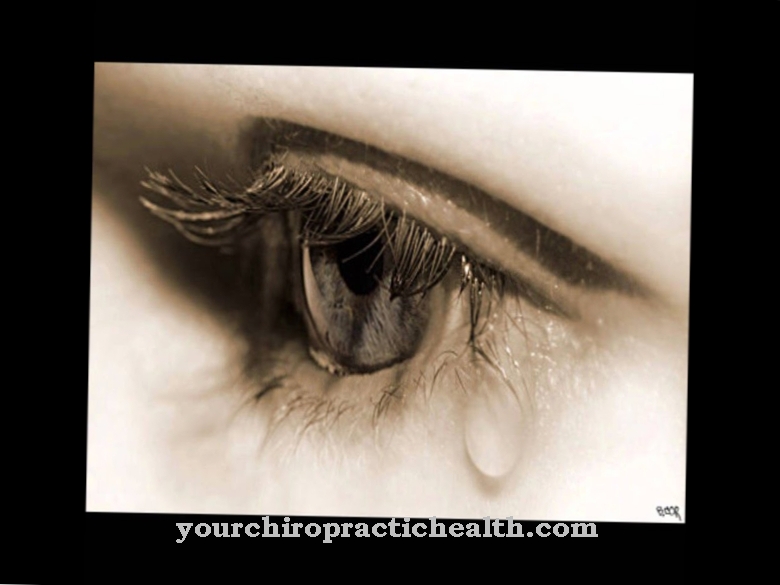The Facial muscles are a complex structure that takes on important tasks and is an expression of both physical and mental well-being.
What are facial muscles?
To the Facial muscles count all 26 muscles that are in the area of the human face. In medical terminology, the facial muscles are referred to as the facial muscles. Since, in contrast to the skeletal muscles, they do not have to mobilize any joints, they are directly connected to the skin above them and radiate into it. They control the physical representation of emotions, so they are primarily responsible for human facial expressions.
Anatomy & structure
The majority of the facial muscles, unlike large parts of the skeletal muscles, have no fascia whatsoever. The transmission and processing of stimuli in the facial muscles takes place via the 7th cranial nerve, the Facial nerve. Since the human face is usually axially symmetrical, almost each of the facial muscles exist twice.
The facial muscles themselves are divided into five different areas: the nose muscles, the ear muscles, the mouth muscles, the muscles of the eyelid and the cranial roof muscles. The nasal muscles are made up of three muscles:
- Of the Nasalis muscle lies over the nostrils and has the task of pulling them down or back.
- Of the Procerus muscle runs from the bridge of the nose up to the forehead. It is used to raise the side of the eyebrows facing the nose.
- The third nasal muscle is called Levator labii superioris alaeque nasi muscle and moves the nostrils and upper lip upwards. When contracting on both sides, he also lifts the tip of the nose.
Function & tasks
Due to their contraction, the facial muscles are responsible for the movement of the facial skin and thus also for human facial expressions, whereby actually only eight are responsible for the facial expression itself. The other muscles of the face are also capable of contraction and movement, but these are not visible from the outside.
As a result, the facial muscles play an enormously important role in non-verbal human communication, which is made possible in the first place by the various facial expressions.The expression of numerous emotions also occurs through the contraction of the facial muscles. Feelings such as joy, suffering, sadness or hate are transported into the outside world through various facial expressions.
In addition, the facial muscles also perform important physical functions such as opening and closing the eyes or the mouth, without which elementary body functions such as seeing or eating would hardly be possible.
Illnesses & ailments
Facial muscle complaints are often a symptom of severe central nervous system disorders. In the course of amyotrophic lateral sclerosis (ALS disease), for example, the facial muscles weaken and shrink, which over time leads to a gradual loss of facial expressions.
Myotonic dystrophy (DM) also develops weakness of the facial muscles, which can manifest itself in drooping eyelids, an inability to smile widely and, due to the weakness of the mouth muscles, a progressive speech disorder.
In addition, strokes also carry the risk of facial paralysis, in most cases unilateral, if the area in the brain responsible for this has been affected by the stroke. Facial paralysis can also occur suddenly and for no apparent reason.
In this case, those affected immediately lose control of their facial muscles and can no longer laugh, turn up their noses or control their facial expressions. The muscles then hang limply, usually on only one half of the face. The positive thing about this form of facial paralysis is that, with the right treatment, in most cases it can be cured and the symptoms completely eliminated.
























.jpg)



